Your Porch Deserves Better Than Just Mums: A Guide to Epic Fall Planters
You know that feeling? The first morning that’s so crisp you can see your breath. That golden afternoon light that makes everything look a little magical. For a lot of folks, that signals the end of gardening season. But for me, it’s when the real fun begins. The frantic pace of summer is over, and it’s the perfect time to create something truly beautiful that lasts.
In this article
- First, Let’s Talk About the Environment
- The Foundation: Your Pot and Soil
- The Pro Design Secret: Thriller, Filler, Spiller
- My Go-To Plant Palette for Fall
- Some Easy Fall Container Recipes to Steal
- Putting It All Together (and a Pro Money-Saving Tip!)
- Your 15-Minute, $25 Porch Fix
- Keeping It Fresh and Pushing into Winter
So many people just grab a few pots of mums and call it a day. And look, I love a good chrysanthemum as much as the next person, but that’s barely scratching the surface of what fall can be. A genuinely great fall container is a living sculpture—a mix of color, shape, and especially texture that can look fantastic well into the winter months.
After years of designing planters, from tiny city balconies to huge commercial displays, I’ve learned what really works. And the biggest mistake I see? People focus only on the flowers. The real secret weapon for a jaw-dropping fall display is in the foliage, the grasses, and the overall structure. It’s about building a vibe that celebrates the entire season. Let’s walk through how to do it.
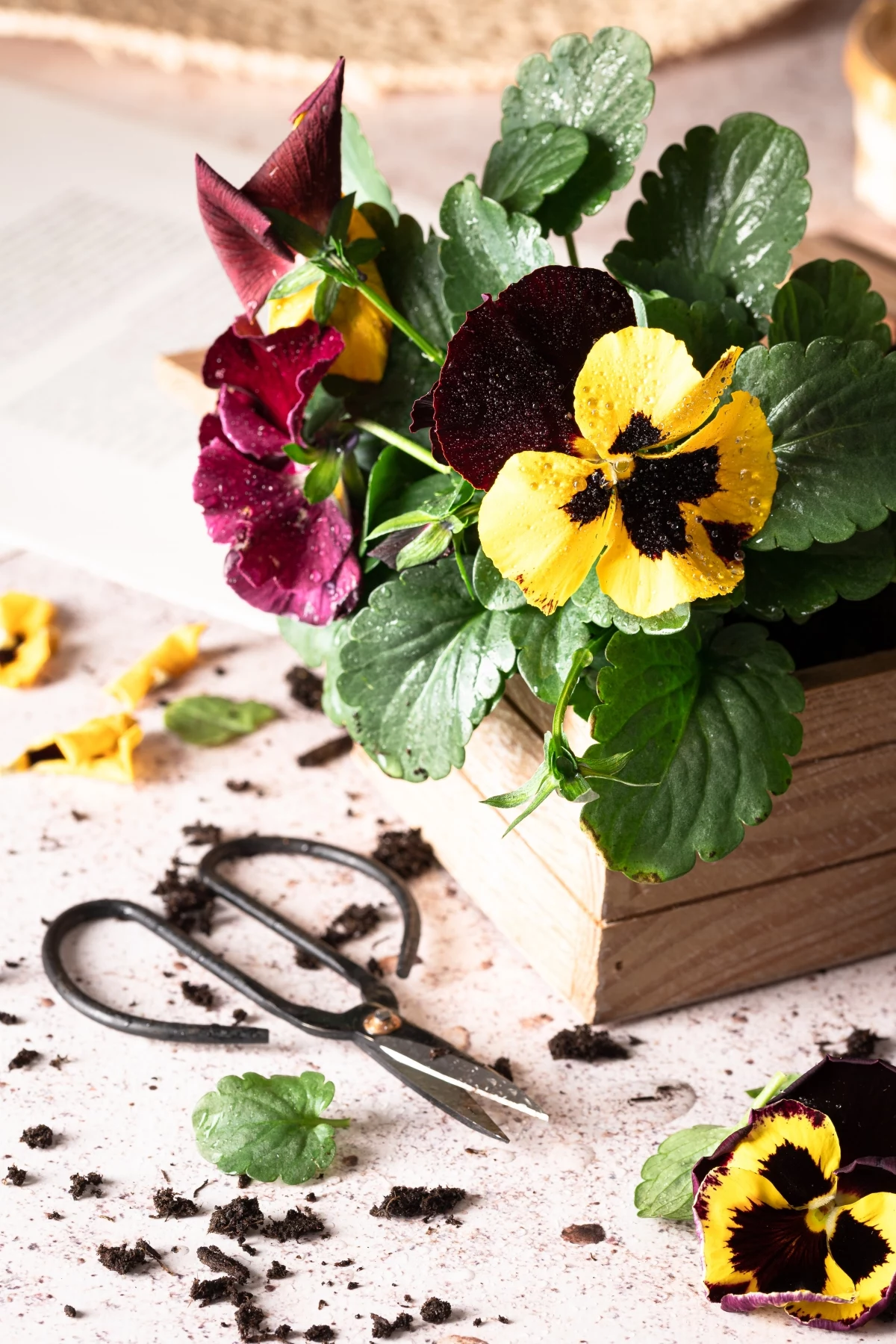
First, Let’s Talk About the Environment
Before you even dream about plants, you have to understand what they’ll be up against. Fall is a season of change, and the rules are different from summer. Nailing this part is the foundation for everything else.
Sun and Temperature Shifts
The sun is doing a totally different thing now. The days are shorter, and the sun hangs lower in the sky. A spot that was a scorching full-sun zone in July might only get a few hours of direct light by October. So, before you buy a single plant, do a little recon. Watch your spot for a day. Is it getting a solid four hours of sun? Six? This info is gold.
Soil temperature is another biggie. In the ground, the earth holds onto summer’s warmth for a while. In a pot? That soil cools down fast. This is both a challenge and an opportunity. It means we need plants that don’t mind chilly roots, but it’s also the trigger for those incredible color changes, like an ornamental cabbage deepening to a vibrant purple or a coral bell turning a rich, coppery bronze.
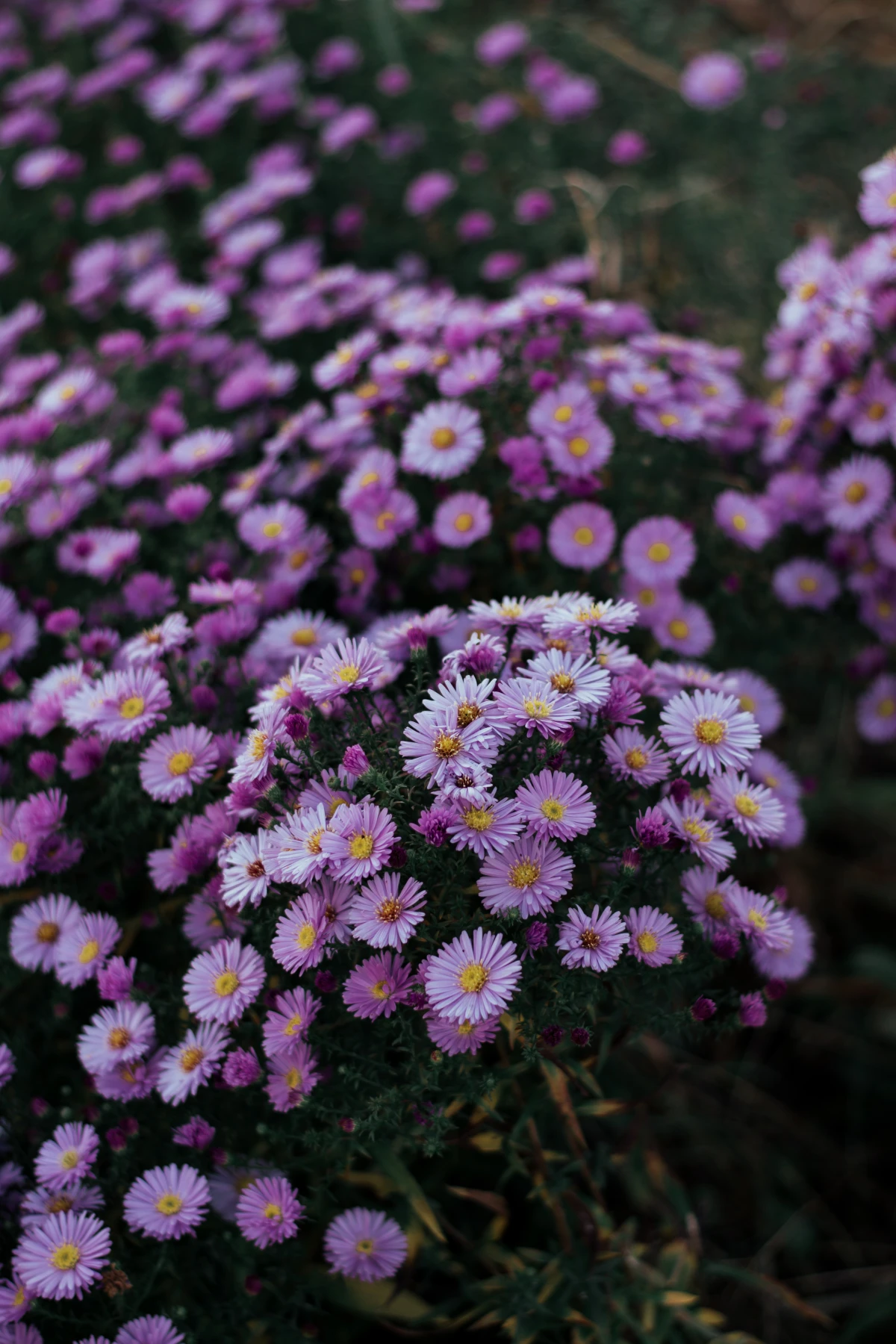
Know Your Zone (It’s Not as Boring as It Sounds)
I know, I know, hearing about USDA Hardiness Zones can feel like homework, but this is crucial. It’s basically a map that tells you the average coldest winter temperature for your area. Knowing your zone helps you figure out which plants are just visiting for the season (annuals) and which ones might actually survive the winter (perennials).
You can find yours in seconds online—just search for the “USDA Hardiness Zone Map” and pop in your zip code. Someone in Zone 5 (think Chicago) has a much different game plan than someone in Zone 8 (like Seattle), and it dictates how long your masterpiece will last.
The Foundation: Your Pot and Soil
You wouldn’t put a masterpiece painting in a flimsy frame, right? Same idea here. Your pot and soil are where it all begins, and skimping here is a recipe for disappointment.
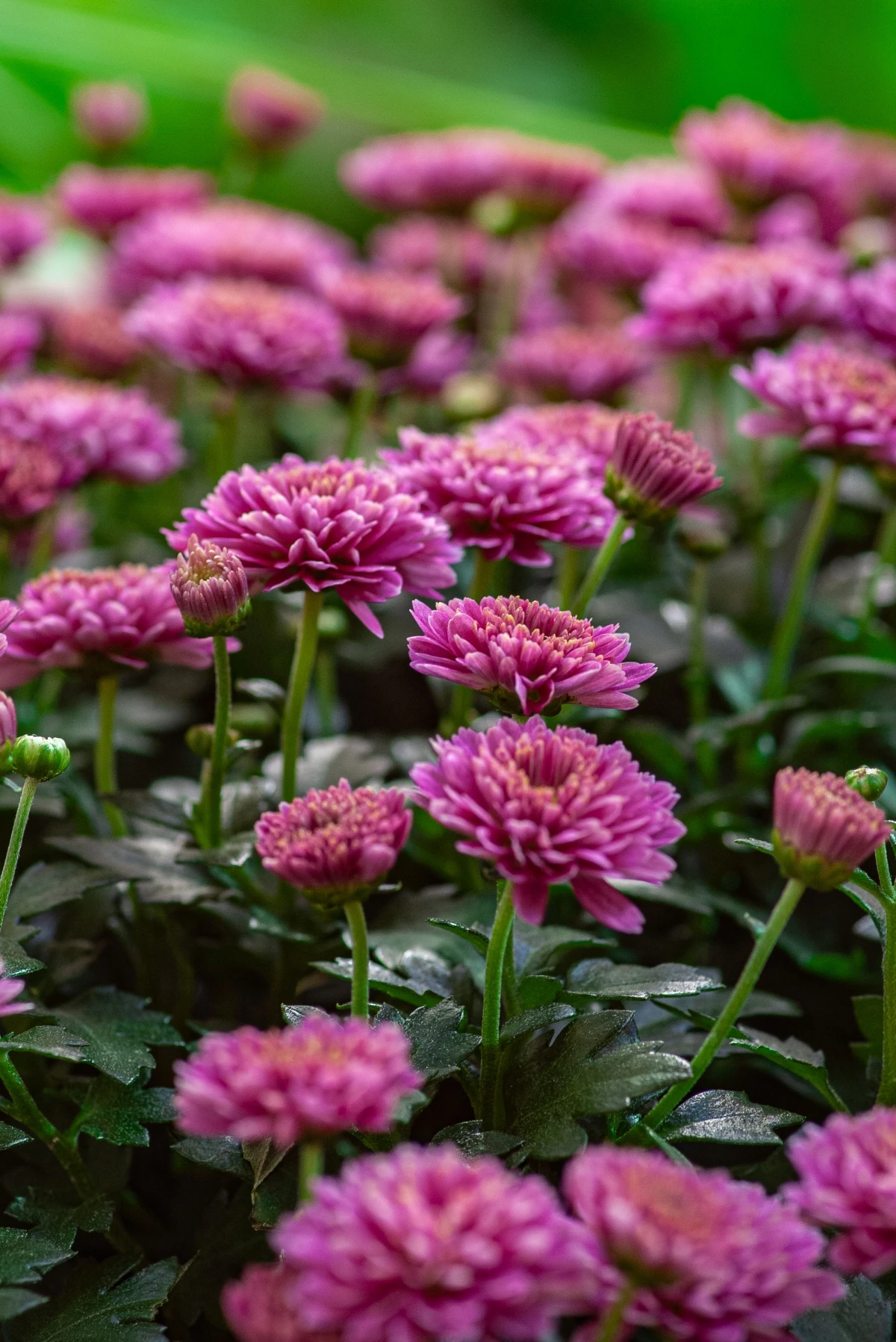
Picking the Perfect Pot
The material of your pot actually matters a lot. It affects how often you water, how happy your plant roots are, and whether the pot itself will survive a hard freeze. Here’s the rundown:
- Terracotta (Unglazed Clay): It’s the classic, rustic choice for a reason. It’s porous, so it breathes, which is great for preventing root rot. The big downside? It dries out incredibly fast, even in cool weather. Heads up for those in cold climates (Zone 6 or colder): if a terracotta pot full of damp soil freezes, it will expand and crack. I’ve lost a few beautiful pots this way, and it’s a painful lesson.
- Glazed Ceramic: These offer a huge pop of color and style, and the glaze means they hold moisture much better than terracotta. They’re also heavy, which is great for keeping tall arrangements from toppling over in the wind. But just like their unglazed cousins, they can still crack in a hard freeze if they’re waterlogged. Look for ones specifically labeled “frost-proof” if you’re in a chilly region.
- Plastic and Resin: Honestly, modern plastic and resin pots can look fantastic, and they’re my go-to for practical reasons. They’re lightweight (your back will thank you), relatively cheap (often $15-$40 for a decent-sized one), and they won’t crack in the frost. The main thing to watch is drainage—since they hold water so well, you absolutely need good drainage holes to avoid soggy roots in our often-damp fall weather.
- Wood: A wooden planter, like a half-barrel, gives off a wonderful, earthy vibe and insulates roots well against the cold. Just make sure the wood is naturally rot-resistant, like cedar, or has been treated for outdoor use. Their main enemy is time; they’ll eventually break down over the years.
Whatever you pick, it MUST have drainage holes. If you find a pot you love without them, you can usually drill some yourself with the right bit. No drainage is a guaranteed plant graveyard.
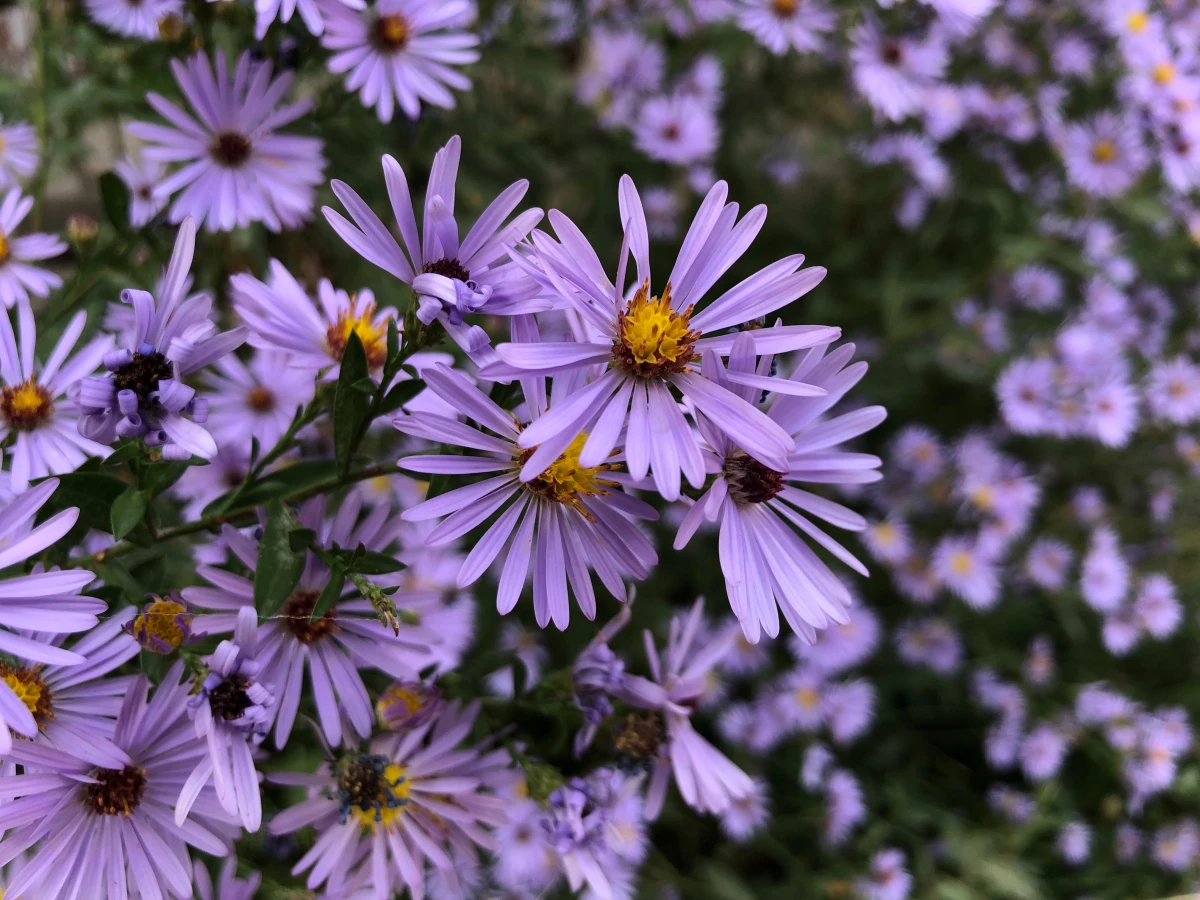
The Right Dirt (It’s Not From Your Garden!)
Please, I’m begging you, don’t use soil from your garden bed. It’s way too heavy, it gets compacted, and it’s full of potential pests and weed seeds. For containers, you need a mix that holds moisture but also drains well.
You can absolutely buy a high-quality bagged mix. If you go this route, look for a bag that says “Potting Mix,” not “Garden Soil.” I’ve had good luck with brands like Pro-Mix or Espoma. But if you want to feel like a real pro, mixing your own is the way to go. Here’s my never-fail recipe:
- 1 part Peat Moss or Coco Coir (for moisture retention)
- 1 part Compost or Aged Pine Bark Fines (for nutrients and structure)
- 1 part Perlite (for drainage and aeration)
Quick tip: A standard 16-inch pot needs about 1.5 cubic feet of soil. I usually mix up a big batch in a wheelbarrow, but you can easily do it in a 5-gallon bucket if you’re just filling one or two smaller pots.
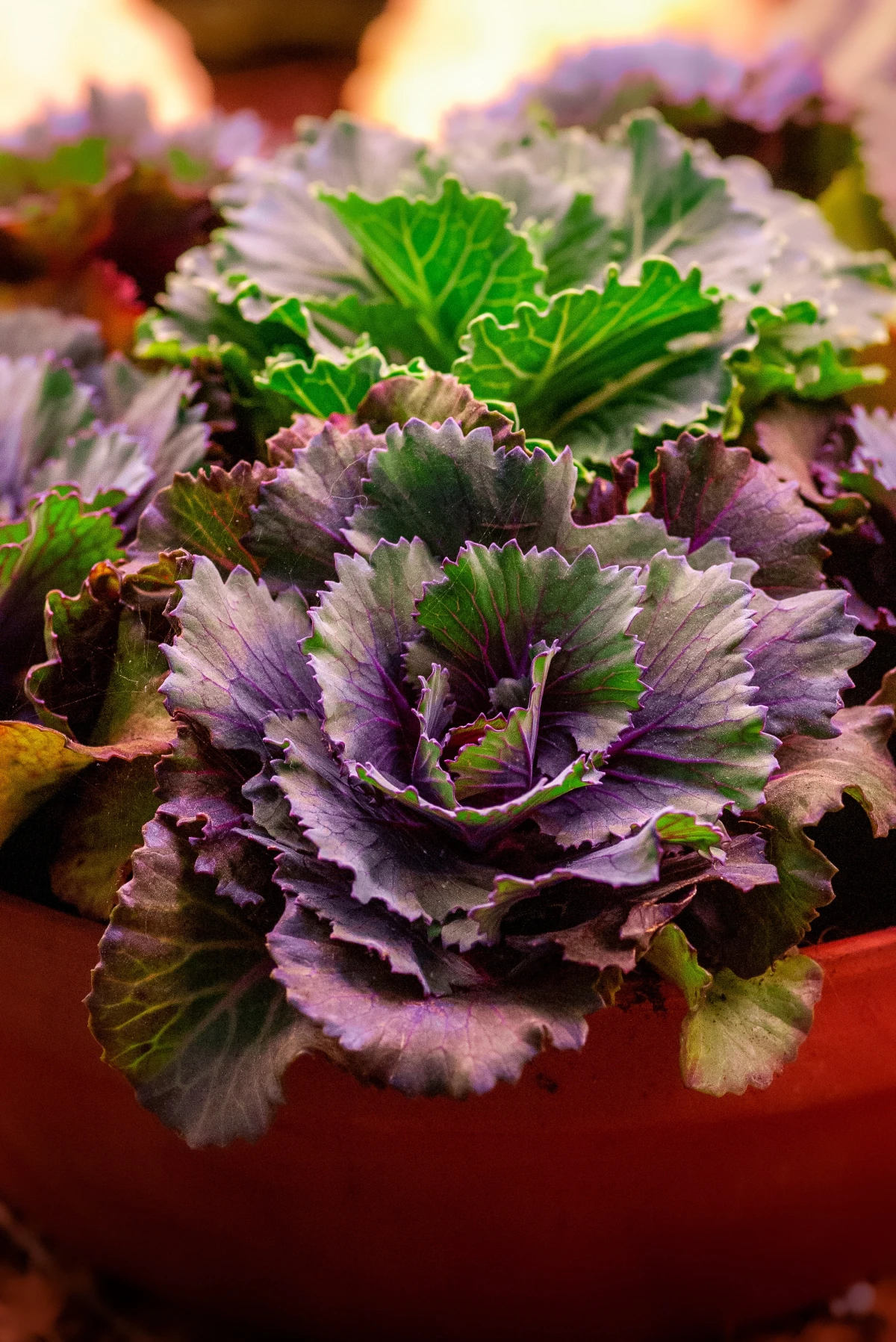
The Pro Design Secret: Thriller, Filler, Spiller
This is the simple, foolproof principle we use in the biz to create gorgeous, balanced containers. It helps you think about the design in three dimensions: height, bulk, and length.
- Thriller: This is your star! The tall, eye-catching plant that gives the arrangement its vertical oomph. Think ornamental grasses or a cool, spiky plant.
- Fillers: These are the supporting cast. Mounding, rounded plants that fill in the middle ground and make the pot look lush and full. Mums, pansies, and heuchera are perfect fillers.
- Spillers: These are the plants that trail and cascade over the pot’s edge. They soften the look and connect the container to the ground.
For a standard 12- to 14-inch round pot, a good rule of thumb is to buy 1 thriller, 3 to 4 fillers, and 2 to 3 spillers. It feels like a lot of plants, but you want that instant, full look!

My Go-To Plant Palette for Fall
Okay, now for the fun part—the plants! These are my tried-and-true favorites that deliver the most bang for your buck in color, texture, and longevity.
Flowering Workhorses
Of course, we need some flowers! But let’s be strategic.
Pansies and Violas: My absolute favorite cool-weather annuals. They are so much tougher than they look. I’ve seen them get buried in an early snow and pop right back up when it melts, no worse for wear. They are a great budget buy, too, often just $3-$5 for a 6-pack. In colder zones, they’ll rock it through fall; in milder zones, they’re actually a winter flower and will bloom all season.
Chrysanthemums (Mums): The icon of fall. Good to know: most of the big, fluffy mums you see at the grocery store are “florist mums,” bred for one big show and then they’re done. “Hardy mums” from a nursery have smaller but more numerous blooms and are true perennials. For a container you’ll toss at the end of the season, either is fine!
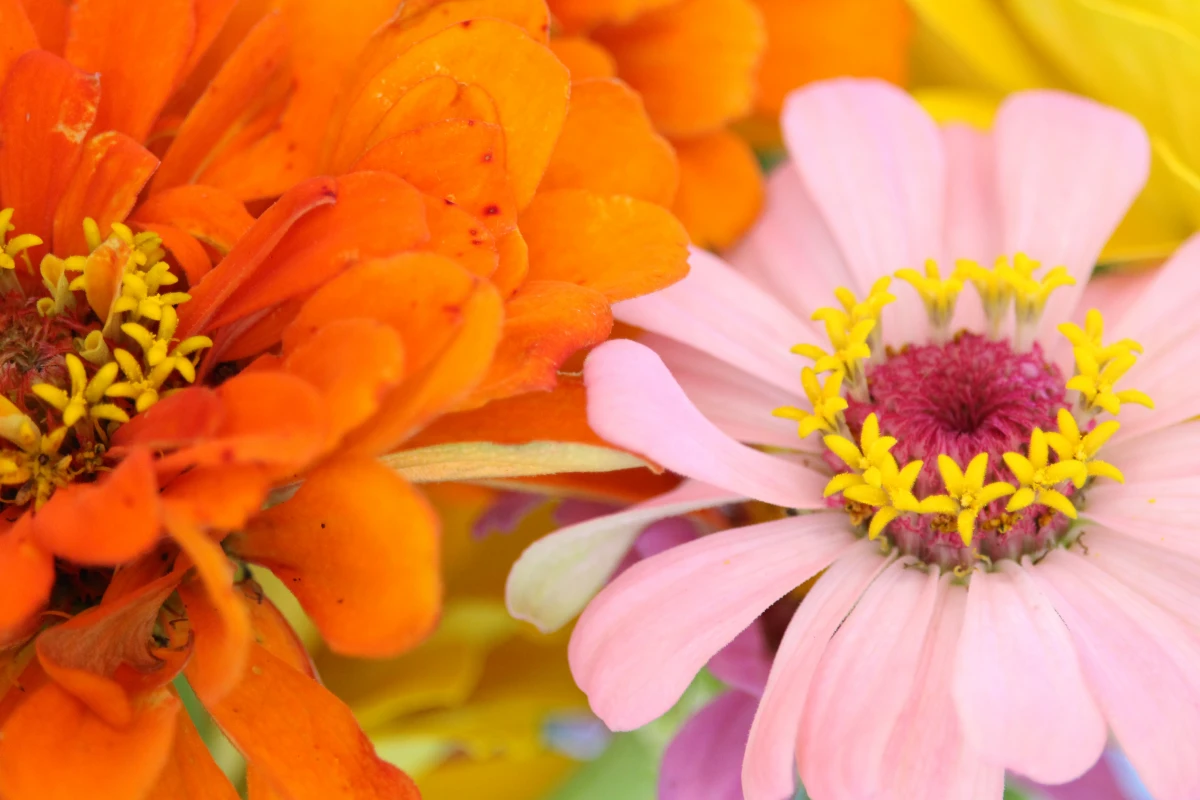
Asters: These bring in shades of purple and blue that are a beautiful break from all the orange and yellow. Plus, they’re a critical late-season food source for bees. On a sunny October day, a pot with asters will be buzzing with life.
The Real MVPs: Foliage & Texture
This is what separates a nice pot from a stunning one. Flowers fade, but great foliage looks good for months.
Ornamental Cabbage and Kale: These aren’t for eating! They are rockstars in a fall pot. Their color actually gets more intense as the weather gets colder. They are incredibly cold-tolerant and will often be the last thing looking good in your container. They make a great, chunky filler or even a low-growing thriller.
Heuchera (Coral Bells): If I could only pick one fall foliage plant, this would be it. This hardy perennial comes in an insane range of colors—deep purple, lime green, coppery orange, you name it. They form tidy mounds, making them the perfect filler, and they’re often evergreen, giving you winter interest.
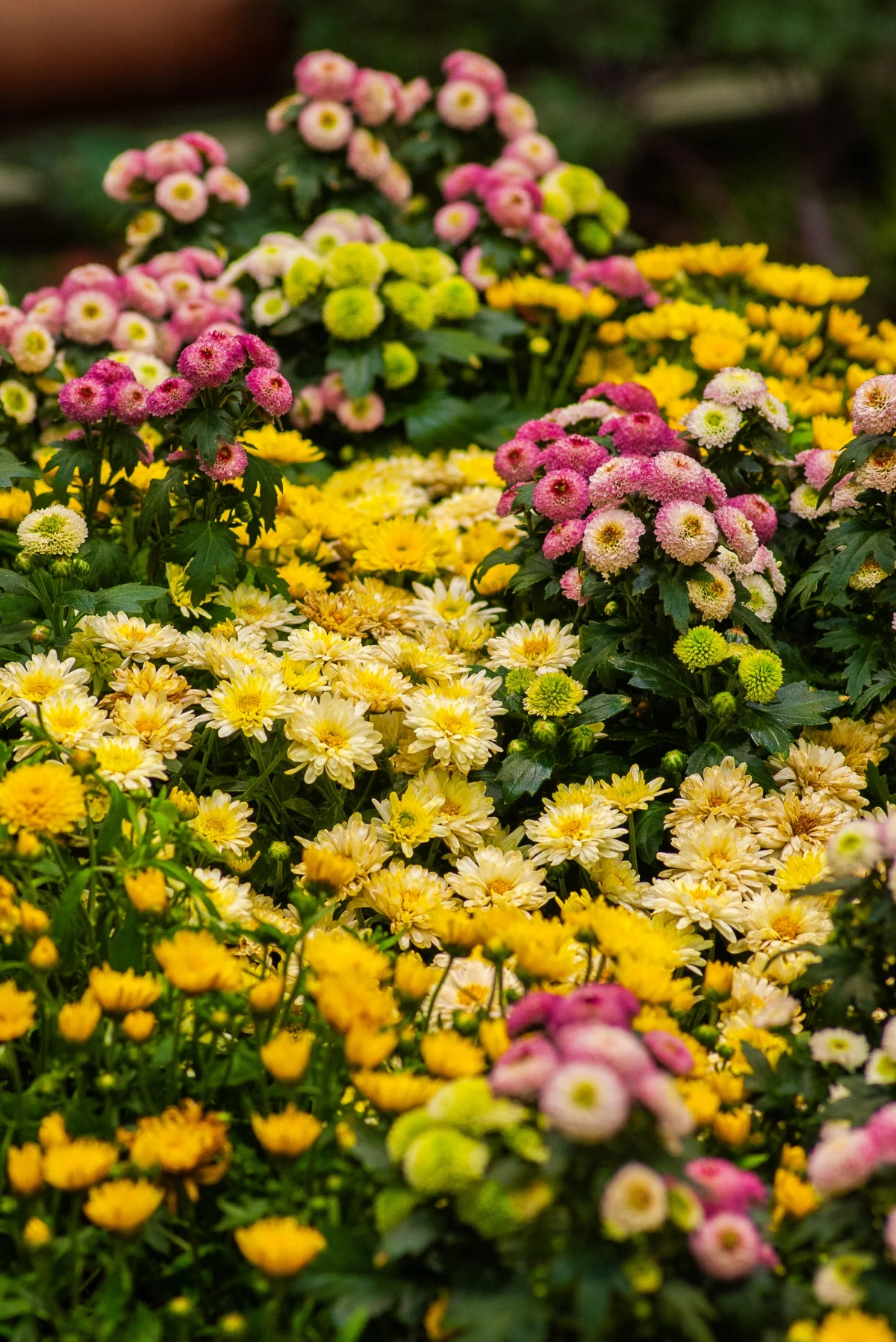
Ornamental Grasses: Grasses add movement, sound, and a different shape. Purple Fountain Grass is the famous one with its burgundy leaves and fuzzy plumes, but be aware it’s an annual in most places. For something that might survive the winter in the pot, look for a sedge like a ‘Carex’ variety.
Finishing Touches: Spillers
Creeping Jenny: For a pop of bright, chartreuse-gold, this is your guy. Its round leaves spill beautifully over the side and look incredible next to deep purples and burgundies.
Ivy: A classic for a reason. It’s tough, shade-tolerant, and provides a dark green backdrop that makes other colors pop. A word of caution from experience: don’t let the trailing ends touch your garden soil, or you might be pulling it up for years to come. It’s an aggressive spreader!
Some Easy Fall Container Recipes to Steal
Feeling overwhelmed by the choices? No worries. Just follow one of these simple recipes. (All are designed for a 12- to 16-inch pot).
- The “Classic Autumn Sunset”: This one is all about warm, cozy vibes. Start with 1 Purple Fountain Grass as your thriller. Surround it with 2 ‘Caramel’ Heuchera and 4 orange Pansies as your fillers. Then, tuck in 2 golden Creeping Jenny plants to spill over the edges.
- The “Cool & Contemporary”: For a more modern look, use 1 large Ornamental Kale as a low, structural thriller. Add 3 deep purple Heuchera (like ‘Dolce Blackcurrant’) and 4 white Violas as fillers. For the spiller, use 2 silver-leafed Dichondra ‘Silver Falls’. The contrast is amazing.
Putting It All Together (and a Pro Money-Saving Tip!)
You’ve got your pot, soil, and plants. Let’s build this thing.
- Cover the Drainage Hole: Pop a piece of broken pot or a small square of window screen over the hole to keep soil from washing out.
- Time-Saving & Money-Saving Hack: For a very large, deep pot (think 24 inches or taller), you can save money on soil and make the pot lighter by filling the bottom third with filler material. Crushed plastic water bottles, soda cans, or old plastic nursery pots work great. Just lay a piece of landscape fabric on top of them before adding your soil.
- Fill & Arrange: Add your potting mix until the pot is about two-thirds full. Start by placing your thriller. Then, gently pop the other plants out of their nursery pots. If the roots are all wound up, gently rough them up with your fingers to encourage them to grow outward. Arrange your fillers and spillers.
- Backfill and Water: Add more soil around the plants, pressing gently to remove air pockets. The final soil level should be an inch or two below the pot’s rim to leave room for watering. Give it a deep, slow drink until water runs out the bottom.
Your 15-Minute, $25 Porch Fix
Don’t have a lot of time or money? No problem. You can get instant fall joy with this super simple plan. Grab a 12-inch pot (about $10), one cool-looking Ornamental Kale ($6), and a 6-pack of pansies ($4). Plant the kale in the middle, and tuck three pansies on each side. Done in 15 minutes for under $25. Boom. It’s that easy.
Keeping It Fresh and Pushing into Winter
Fall containers are pretty low-maintenance. Just water when the top inch of soil feels dry. Don’t worry about fertilizer; the compost in your mix is plenty. Once your flowers are finally finished after a hard frost, you don’t have to stare at a sad pot of dirt. Pull out the dead annuals, but leave any cool foliage like Heuchera or grasses. Then, tuck in some natural elements like cut branches from a red-twig dogwood, some pinecones, or even a few small gourds. This creates a beautiful, static arrangement that will carry you through to spring.










